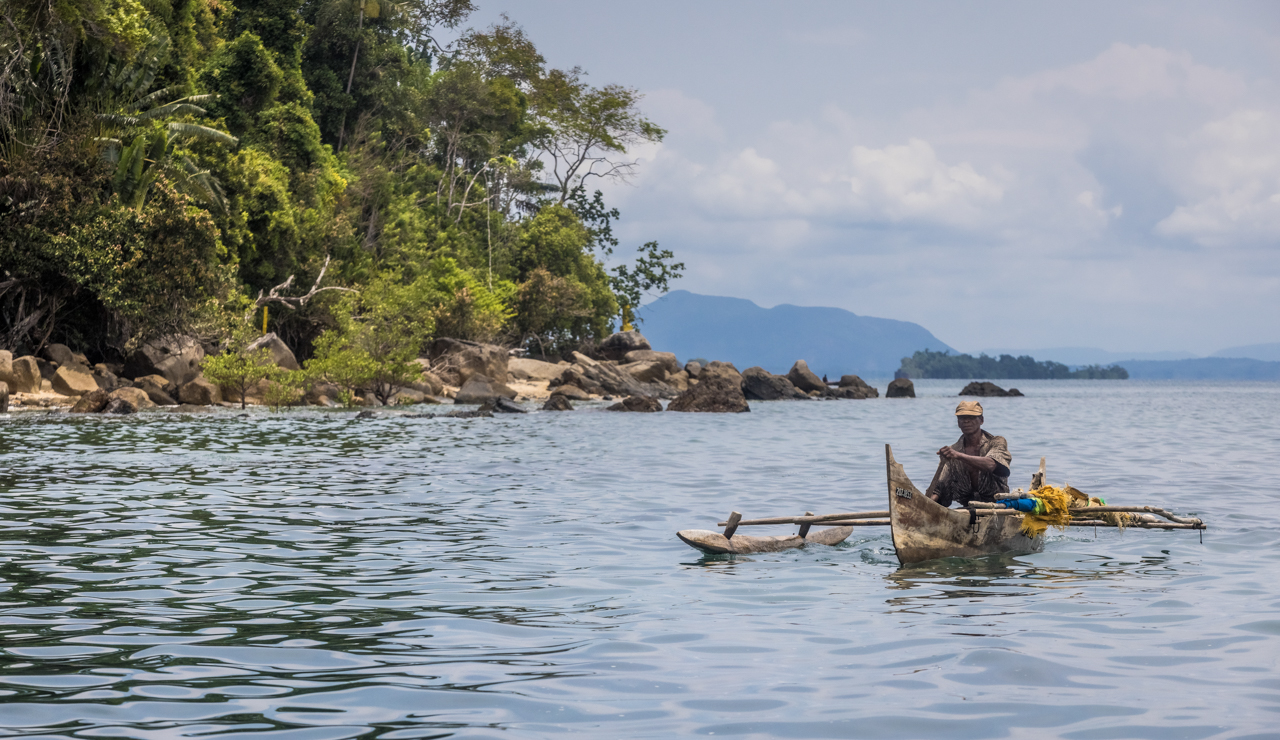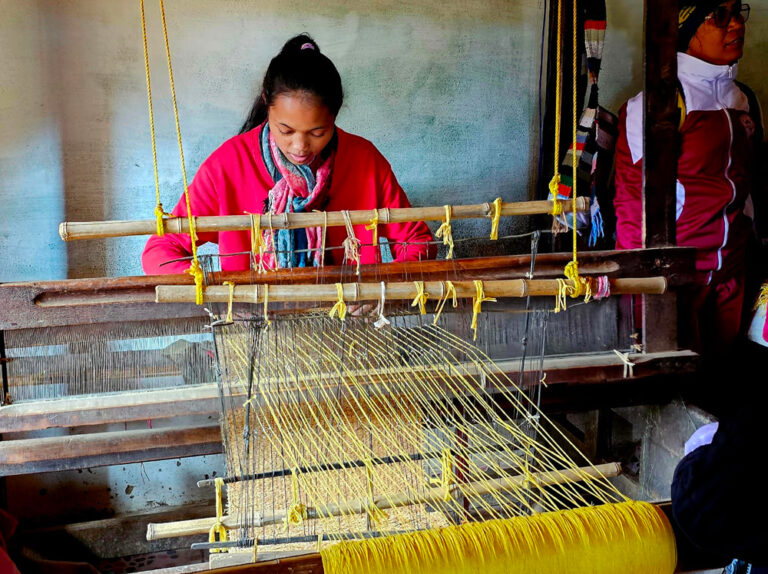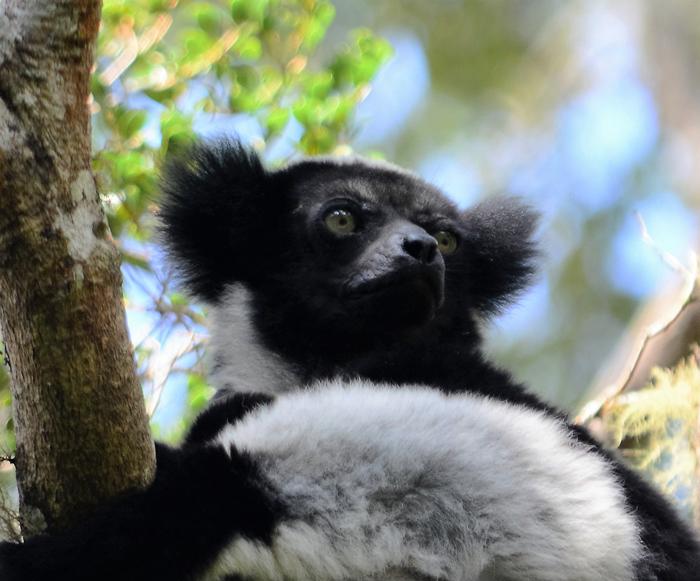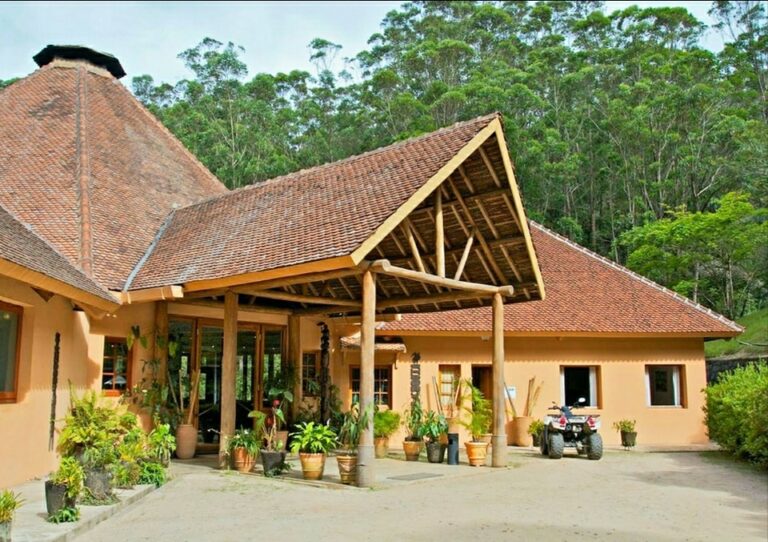When the austral winter settles on the southwest coast of Madagascar, a particular excitement sweeps over the Vezo villages. For these sea nomads, fishing becomes a race against time. For four months, they must catch enough fish to survive the rainy season, when the ocean becomes impassable and drying the fish is impossible.
In their outrigger canoes, they traverse the turquoise waters, sometimes journeying hundreds of kilometres from their home villages. The fruits of their labour are carefully smoked or dried, not only serving as food reserves but also as barter for rice, cassava, or other essential goods. On local markets, it is the women who sell the catch, thereby maintaining the economic balance.
Traditional fishing is mainly carried out with harpoons and nets. One of the most iconic practices is turtle hunting. This ritual, laden with prestige, follows strict rules passed down from generation to generation. A turtle, which can weigh up to 200kg, must be sacrificed in a specific location, and its dissection follows an unchanging protocol. The finest cuts are reserved for the most important male figures in the village. In Ifaty, it is not uncommon to witness this ceremony under a majestic tamarind tree, at the heart of the community.
Although these traditions may shock some sensitivities, they remain deeply ingrained in Vezo culture. Far removed from industrial drift-net fishing, which is destructive to marine ecosystems, these artisanal techniques are part of a sustainable way of life. However, even these ancient practices are now under threat. With the depletion of fish stocks, Vezo fishermen are forced to venture ever farther, endangering their way of life.
For the Vezo, fishing has never been a quest for wealth, but an ode to freedom. A fragile freedom, now dependent on the whims of a changing ocean.






